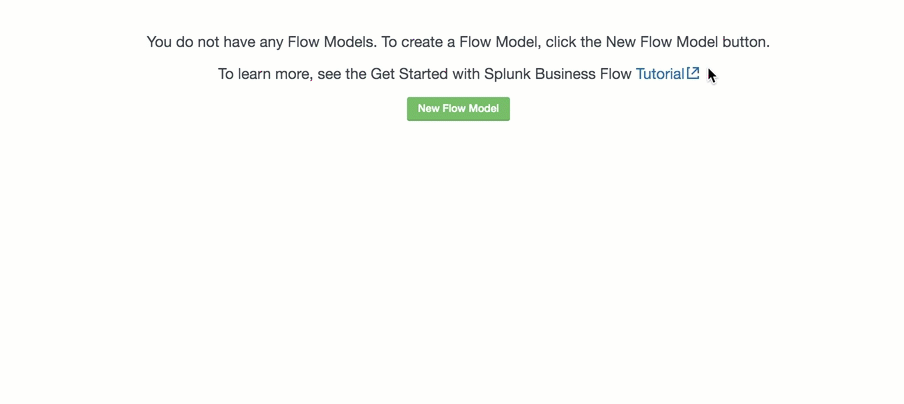Welcome to the Get Started with Splunk Business Flow Tutorial
Welcome to Splunk Business Flow (SBF). Splunk Business Flow is a process mining solution that allows users to explore and visualize business processes, discover connections across disparate systems, and optimize flows.
About the tutorial
This tutorial uses data from Buttercup Games, a fictitious online store. The Game Store data includes weblogs, call center logs, and order system logs. In this tutorial, you will focus on the weblogs.
In this tutorial, you are a business analyst at Buttercup Games, a fictitious online game store company. Use Splunk Business Flow to review customer journeys on the website and assess the impact of a new marketing campaign. Follow this tutorial to add a Flow Model, perform analyses and create visualizations in the Explorer, and save your work as a Flow.
The following animation illustrates what you will do in the tutorial when you create and preview a Flow Model.
| Tutorial prerequisites |
This documentation applies to the following versions of Splunk® Business Flow (EOL): -Latest-

 Download manual
Download manual
Feedback submitted, thanks!